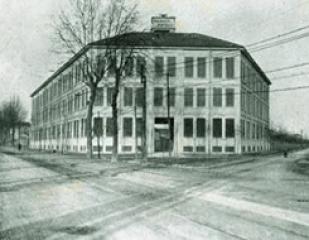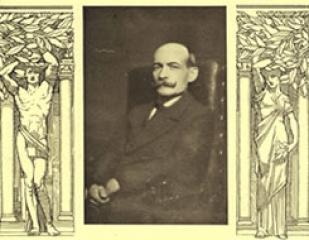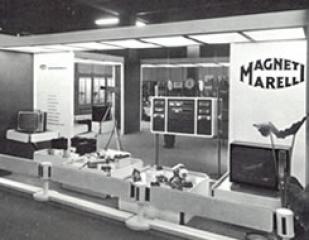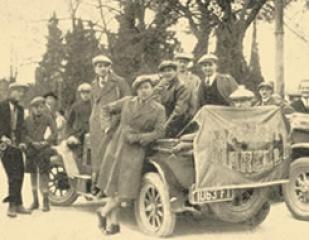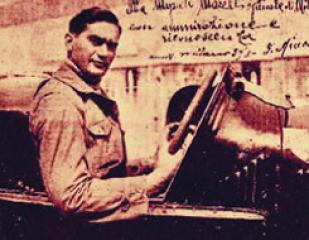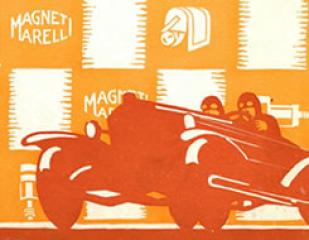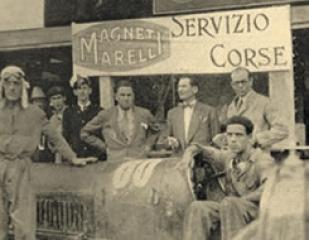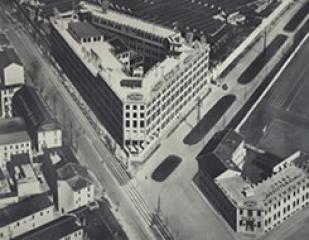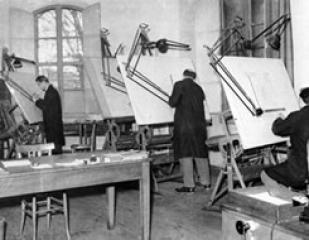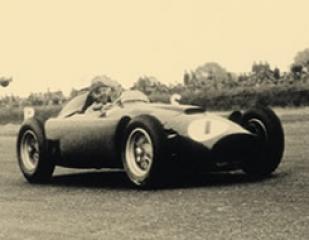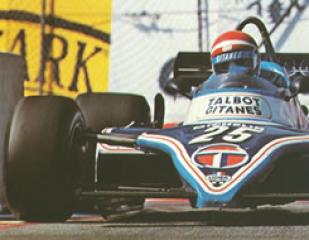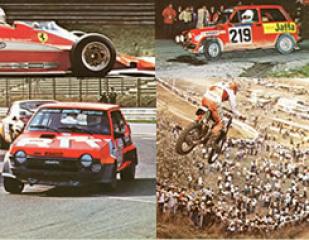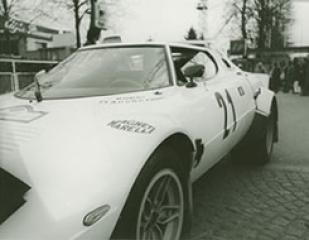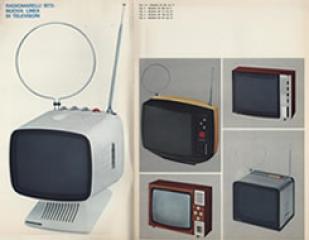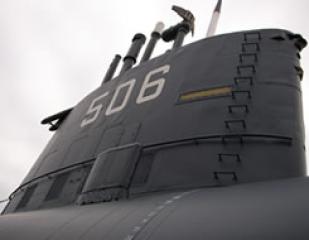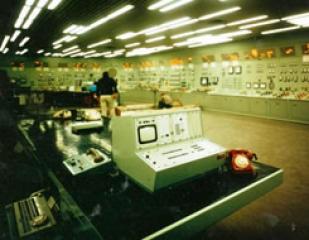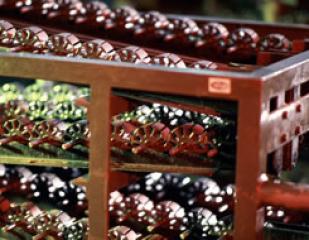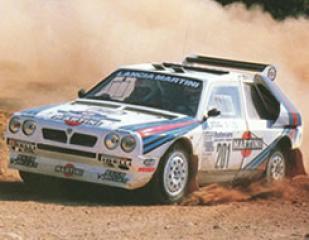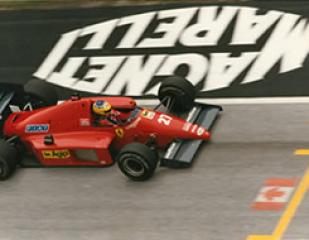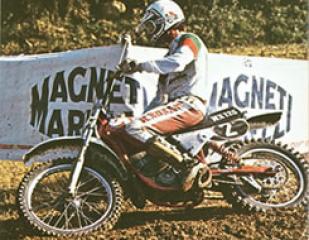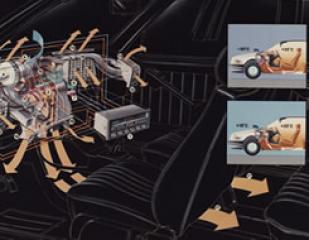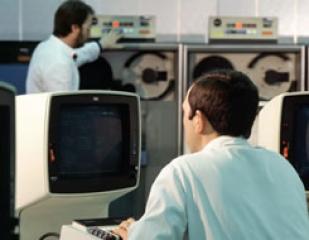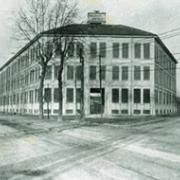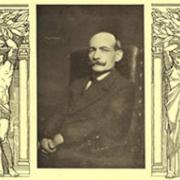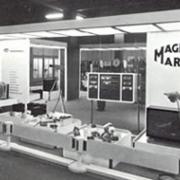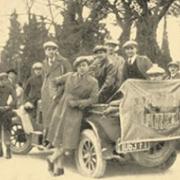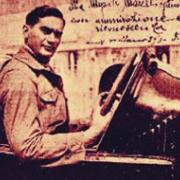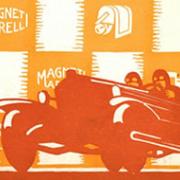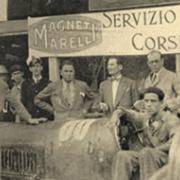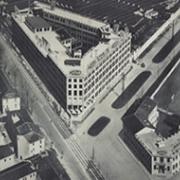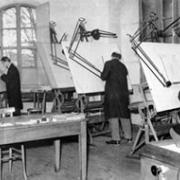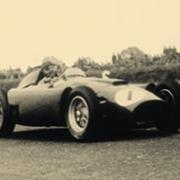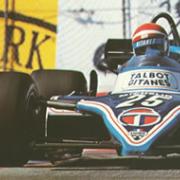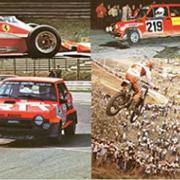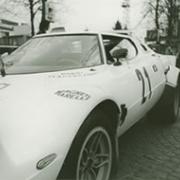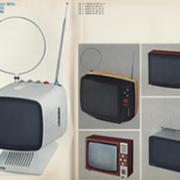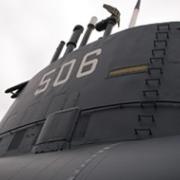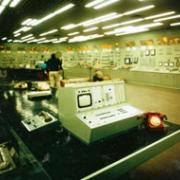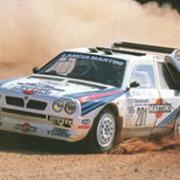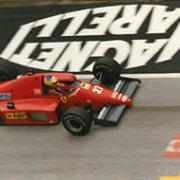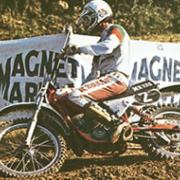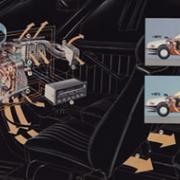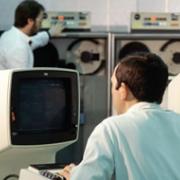MILESTONES 1919 > 1940
In 1891, Ercole Marelli founded the company bearing his name, specialised in the production of electrical devices and engines.
In 1915, the company Società Anonima Ercole Marelli started the first tests in Italy in the field of start magnets for internal combustion engines.
1919: to satisfy the growing demand for start magnets intended for the automotive market and for the aviation sector, Magneti Marelli was founded with a share capital of 7 million of the former Italian liras, underwritten in equal parts by Fiat and Società Anonima Ercole Marelli.
1929: the production of automobile batteries started.
1930: the Radiomarelli brand was created for the marketing of Magneti Marelli radio products and, subsequently, of television sets.
1931: the production of batteries for electric-drive vehicles, submarines and for train lighting applications was started.
1932: Magneti Marelli set up Fivre, Fabbrica Italiana Valvole Radio Elettriche, one of the first and most important Italian companies for the production of electrical radio valves and, subsequently, of cathode tubes intended for future television sets.
1935: the production of automobile and motorcycle sparkplugs was started, an activity that will provide Magneti Marelli with fame and popularity for over 50 years.
1938: the Magneti Marelli science and research laboratories avail themselves of the work of the great physician Enrico Fermi, precisely in the year he was awarded the Nobel Prize.
1939: Magneti Marelli designed and built the first experimental system for television broadcasts, consisting of television cameras, the first radio bridge between the Milan Fairgrounds and the Park Tower, today known as Branca Tower, and of a prototype of television receiving device, almost twenty years before the official launch of television in Italy.
1947: Magneti Marelli participated in the incorporation of Telemar, a company that grouped together free Italian ship owners for the exercise of radiotelegraphic and radiotelephonic transmissions at sea. (In 1957 Telemar owned a fleet of 437 ships, each one featuring radio and radar equipment made by Magneti Marelli)
1947: Magneti Marelli was listed on the main Italian stock markets.

